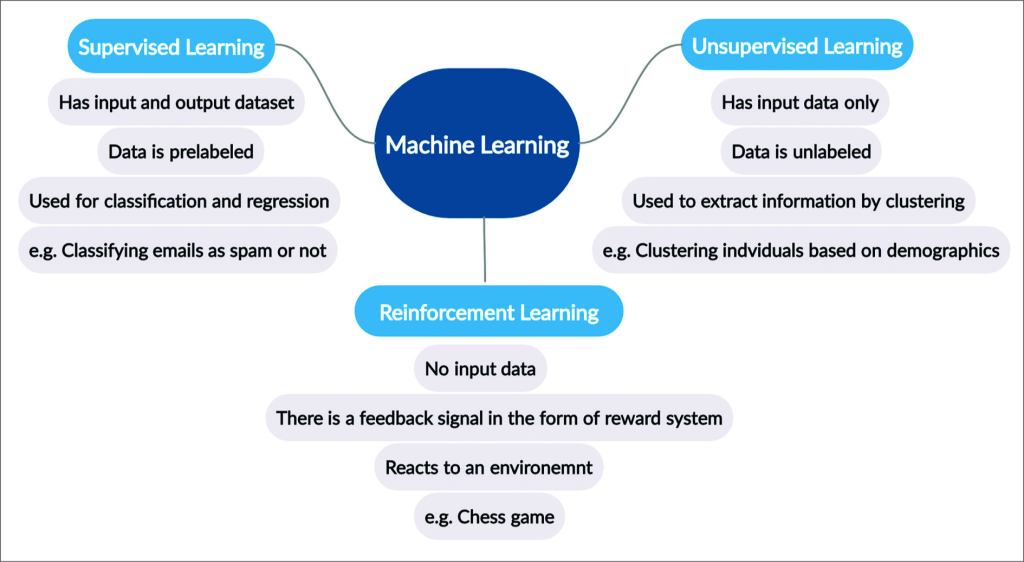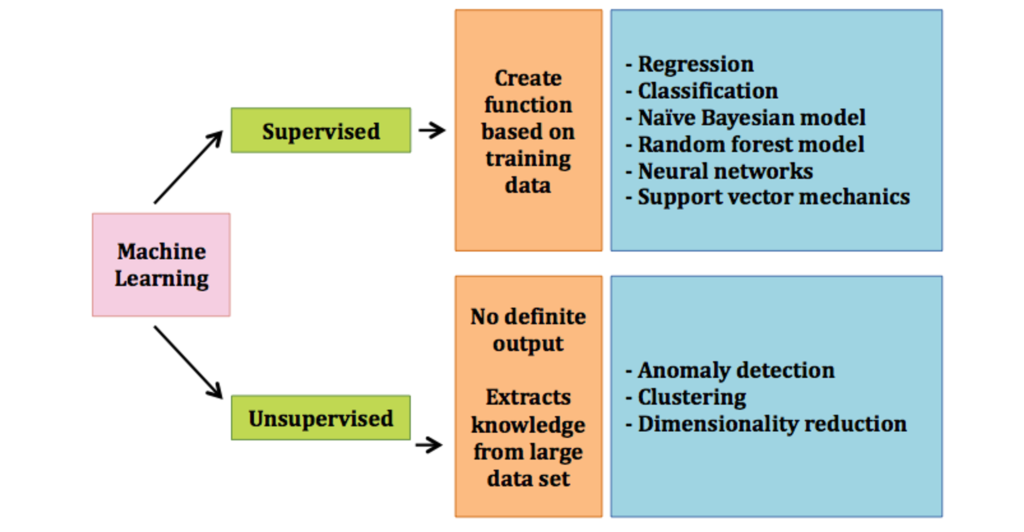Upgrade & Secure Your Future with DevOps, SRE, DevSecOps, MLOps!
We spend hours scrolling social media and waste money on things we forget, but won’t spend 30 minutes a day earning certifications that can change our lives.
Master in DevOps, SRE, DevSecOps & MLOps by DevOps School!
Learn from Guru Rajesh Kumar and double your salary in just one year.

Artificial intelligence (AI) is a rapidly advancing field that is transforming the way we live and work. There are three modes of AI: supervised learning, unsupervised learning, and reinforcement learning. In this article, we’ll explore each of these modes in detail, including how they work, their applications, and their limitations.
Supervised Learning
Supervised learning is a mode of AI where the machine is trained on labeled data. This means that the data is already categorized or classified, and the machine learns to recognize patterns in the data based on these labels. For example, if a machine is being trained to recognize images of dogs, it will be given a set of labeled images of dogs and non-dogs. The machine will then learn to identify the features that distinguish dogs from other animals, such as their fur, ears, and tail.
Supervised learning has a wide range of applications, from image recognition to natural language processing. However, it has some limitations. For example, it requires a large amount of labeled data to train the machine, and it can only recognize patterns that it has been explicitly trained on.
Unsupervised Learning
Unsupervised learning is a mode of AI where the machine is trained on unlabeled data. This means that the data is not categorized or classified, and the machine must learn to recognize patterns on its own. For example, if a machine is being trained to identify clusters of similar data points, it will be given a set of unlabeled data and must figure out which points are similar based on their features.
Unsupervised learning has applications in data clustering, anomaly detection, and dimensionality reduction. However, it also has limitations. For example, it can be difficult to evaluate the effectiveness of unsupervised learning algorithms, and the results can be difficult to interpret.
Reinforcement Learning
Reinforcement learning is a mode of AI where the machine learns by trial and error. The machine is given a set of actions to choose from, and it learns which actions lead to the best outcomes through feedback in the form of rewards or punishments. For example, if a machine is being trained to play a video game, it will be given a set of actions to choose from (such as moving left or right), and it will learn which actions lead to higher scores or better outcomes.
Reinforcement learning has applications in game playing, robotics, and autonomous systems. However, it also has limitations. For example, it can be difficult to design reward functions that accurately reflect the desired behavior, and the machine can get stuck in local optima where it fails to explore other possible solutions.

Conclusion
In conclusion, the three modes of AI – supervised learning, unsupervised learning, and reinforcement learning – each have their own strengths and weaknesses. By understanding these modes and their applications, we can better design and develop AI systems that meet our needs and serve our interests. Whether we are using AI to improve healthcare, optimize business processes, or enhance our everyday lives, it is important to approach this technology with a clear understanding of its capabilities and limitations.

Leave a Reply